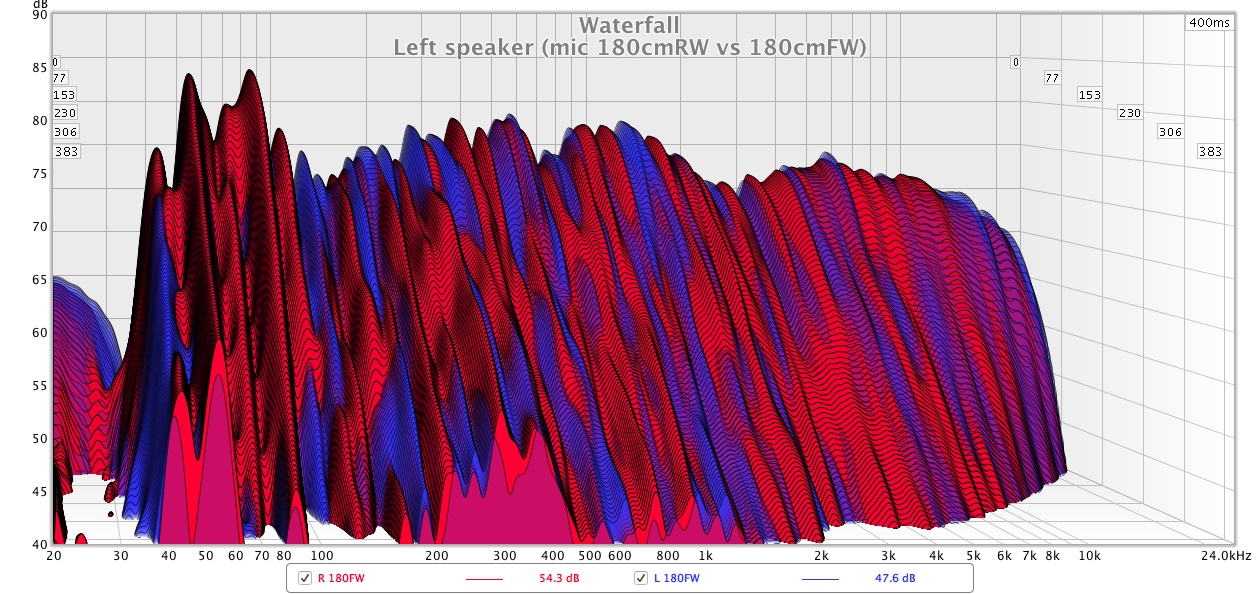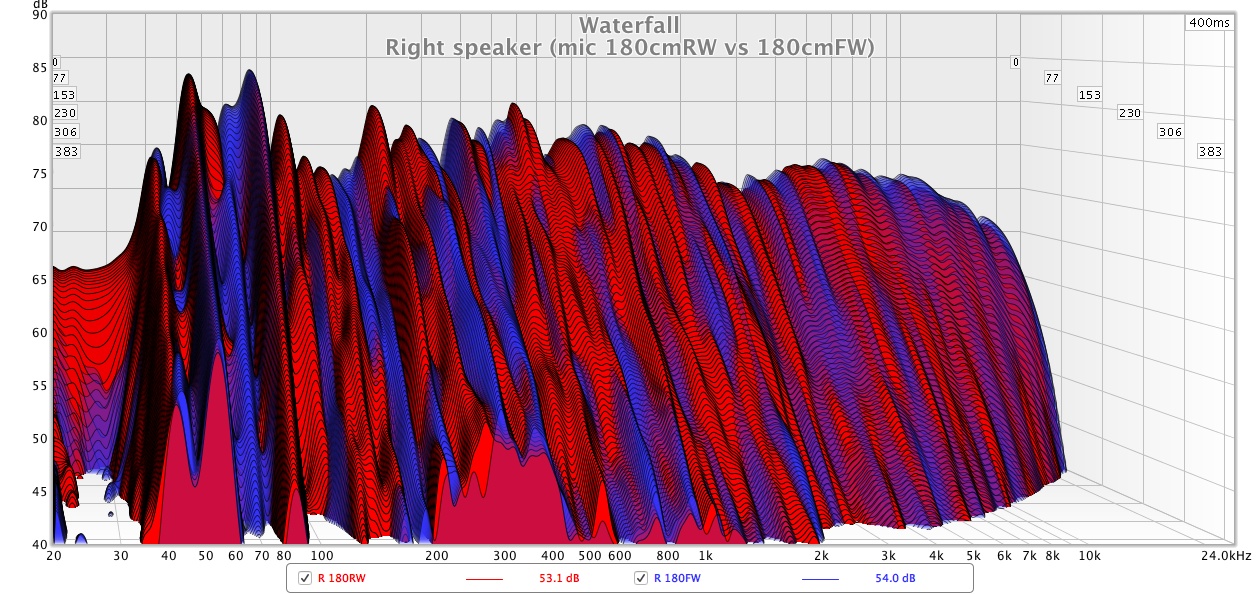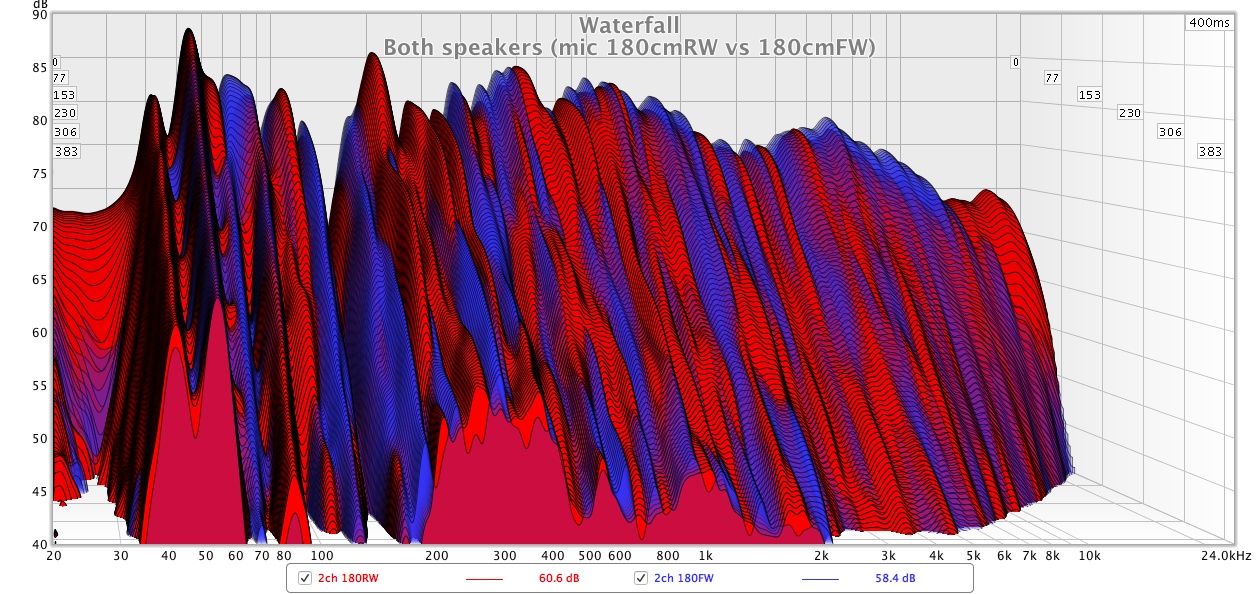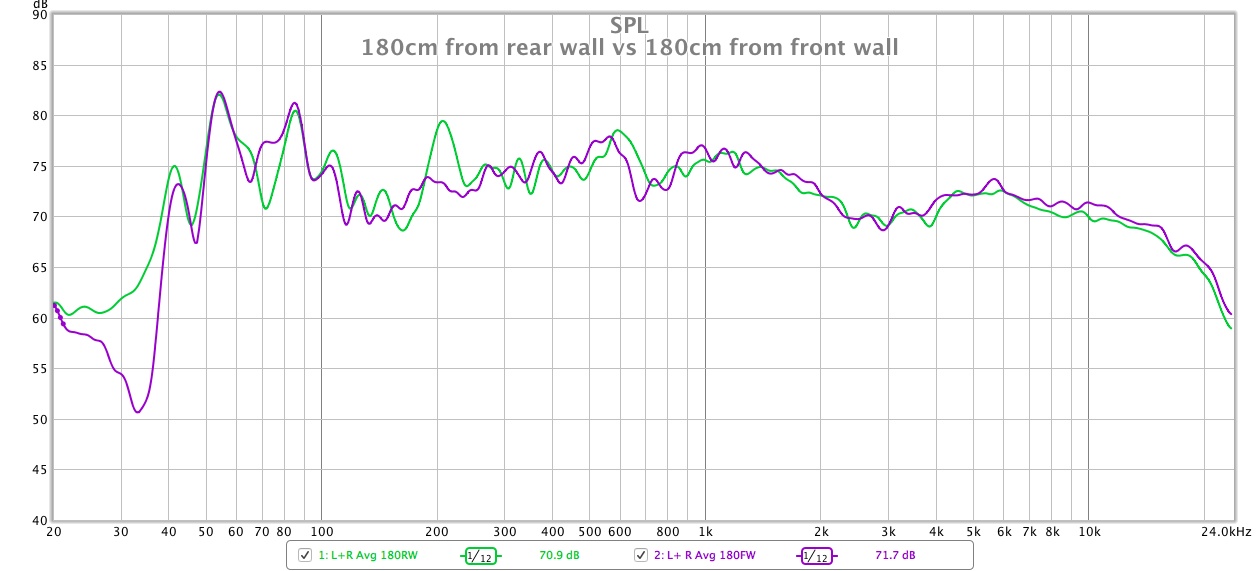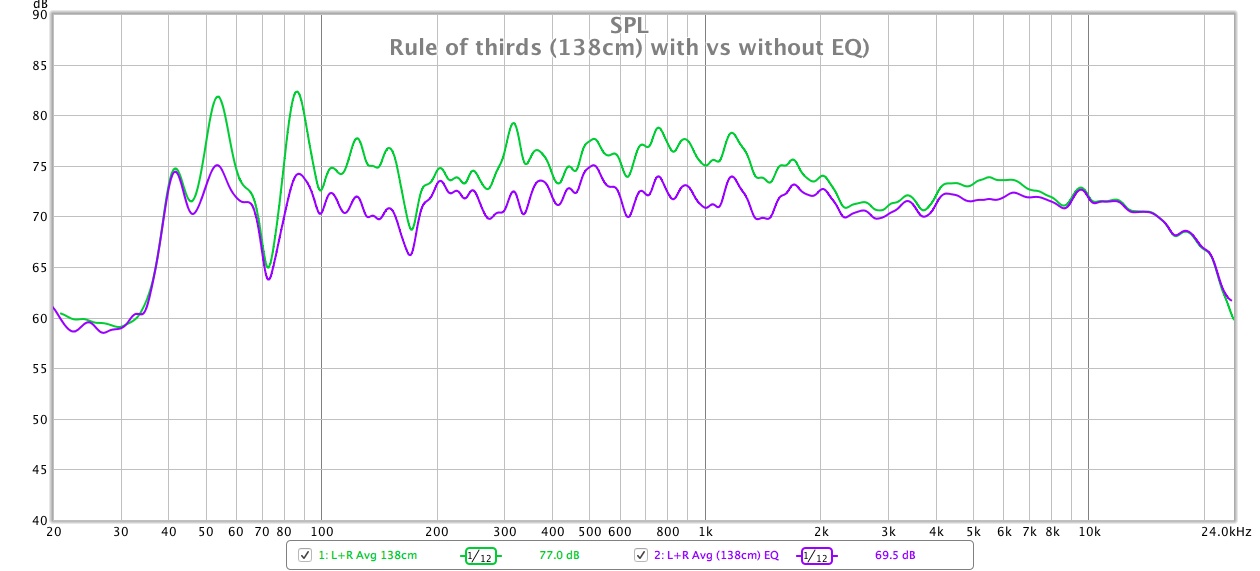Also what you might think of as “science” when it comes to hifi - frequency response for example - isn’t necessarily so. If you recast the problem as wanting to maximise intelligibility - say whether you can discriminate, or even hear, the woodwind section in an orchestra, or what the cello is playing in a string quartet - then there may be a complex relationship between reverberation time and frequency response. Nobody I know of measures this for music, but there is a substantial body of research on speech intelligibility. This paper for example suggests that your preference for early reflections might have a measurable basis in fact when it comes to speech:So true: Measurements give you data. Messing about gives you a solution. The solution (one of many) can be scientifically non-intuitive. I love my first reflections off the side walls.
https://www.researchgate.net/public...ty_of_speech_in_classrooms_for_young_children



